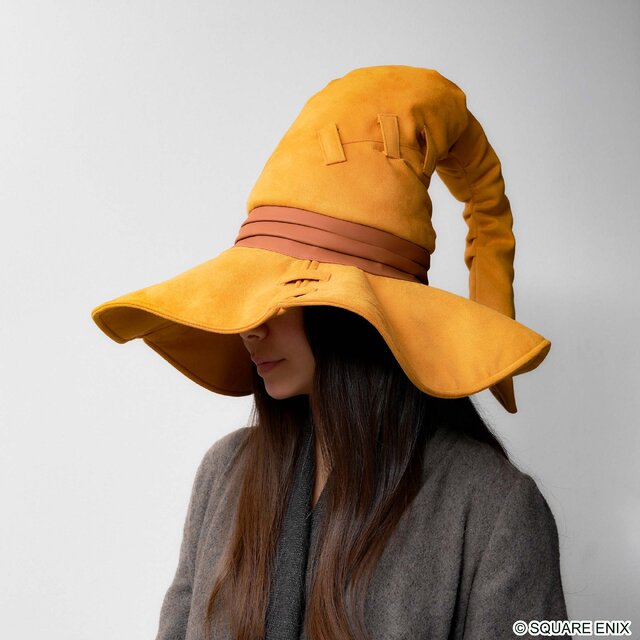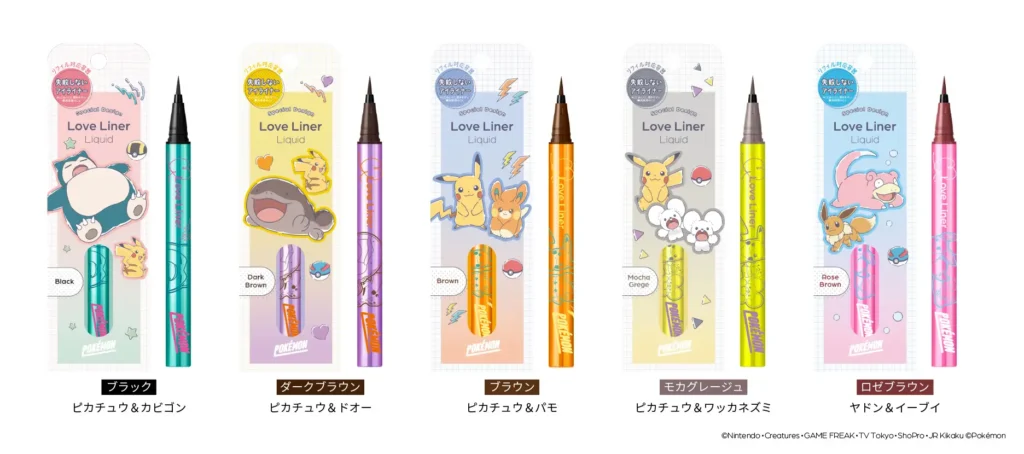Expo 2025’s Women’s Pavilion focuses on equality and empowerment
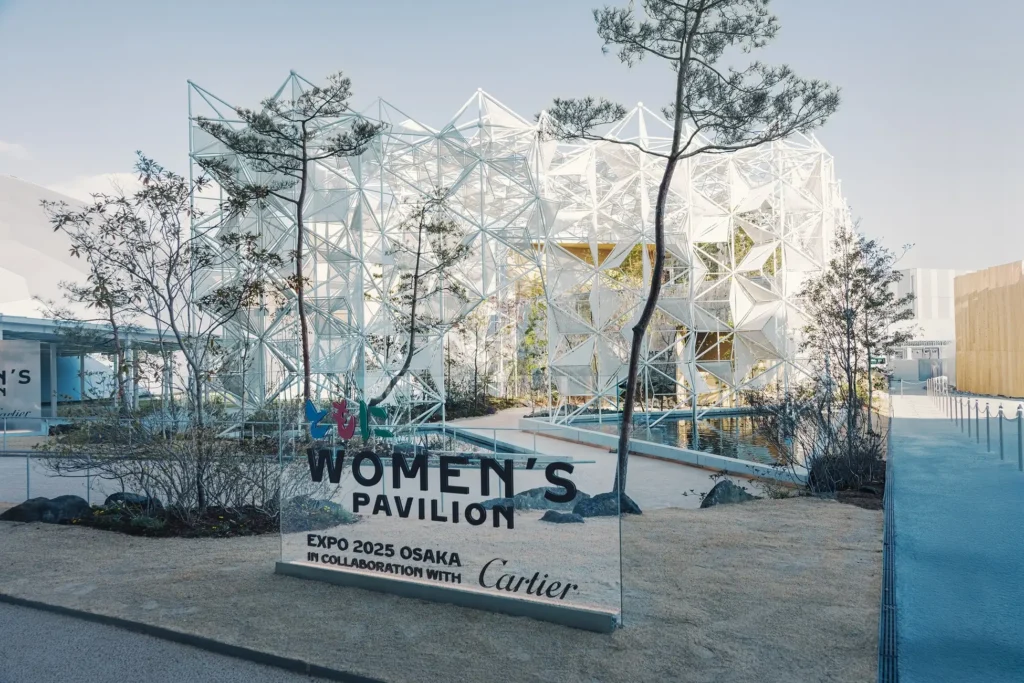
The “Women’s Pavilion in collaboration with Cartier”, a collaborative initiative between the luxury goods brand Cartier and several Japanese government organizations, including the Cabinet Office and the Ministry of Economy, Trade and Industry, officially opened its doors on the 13th of April, marking the start of its 184-day program.
Under the overarching theme of “Towards a bright future together”, the Women’s Pavilion will serve as a focal point during the Osaka-Kansai Expo 2025, dedicated to highlighting the crucial role of visionary women who are actively shaping the future.
The pavilion will detail the essential contributions of women in driving global development, advancing the cause of equality across various spheres, and inspiring and leading new generations towards a more equitable and prosperous world.
Spanning an impressive area of 1,708 square metres and comprising two distinct floors, the pavilion’s architectural design, conceived by the renowned architect Yuko Nagayama, serves as a symbolic and elegant bridge connecting the realms of tradition and modernity.
The striking facade of the Women’s Pavilion draws its inspiration from an intricate traditional Japanese woodworking technique known as kumiko, a method previously showcased in the Japan Pavilion at the Dubai Expo 2020.
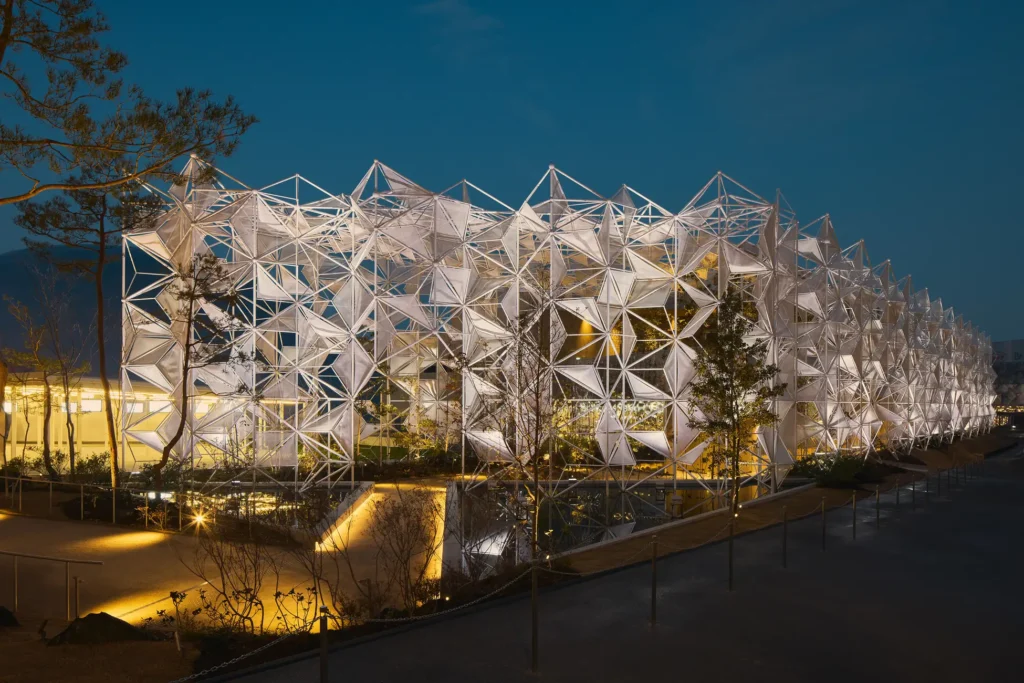
This elaborate facade is constructed from an intricate assembly of over 7,000 individual parts.
The pavilion also subtly incorporates elements inspired by the traditional Japanese townhouse, while embodying Cartier’s enduring and unwavering commitment to both sustainability and exceptional craftsmanship.
Upon passing through the welcoming entrance, aptly named “THE GARDEN”, visitors to the Women’s Pavilion are immediately greeted by a thoughtfully curated space envisioned by the internationally acclaimed artist Eze Devlin.
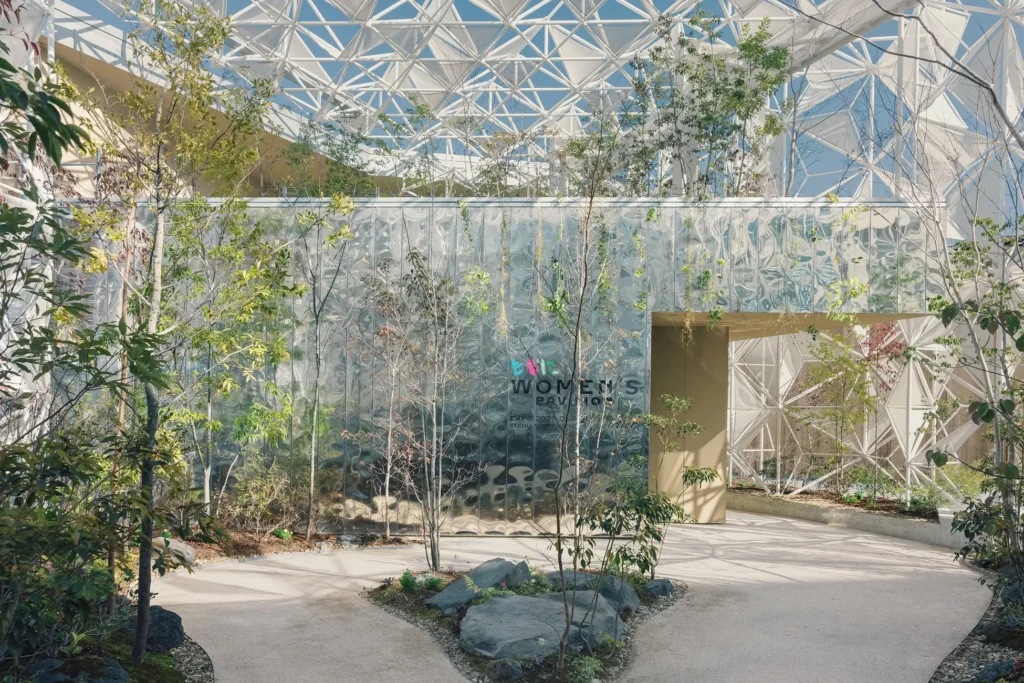
Drawing upon her own visionary artistic approach, Eze Devlin perceives the Expo as a unique and diverse “collection of musical instruments”, describing the concept by stating that “a place where each pavilion will be a different musical instrument and send a message on the world stage for six months”.
Guided by this metaphor, the Women’s Pavilion aspires to foster a fundamental shift in perspective regarding the critical issue of gender equality.
Visitors are invited to actively participate in shaping the pavilion’s narrative by providing a name for the space, thereby making their individual identity an integral part of the ongoing story being told within.
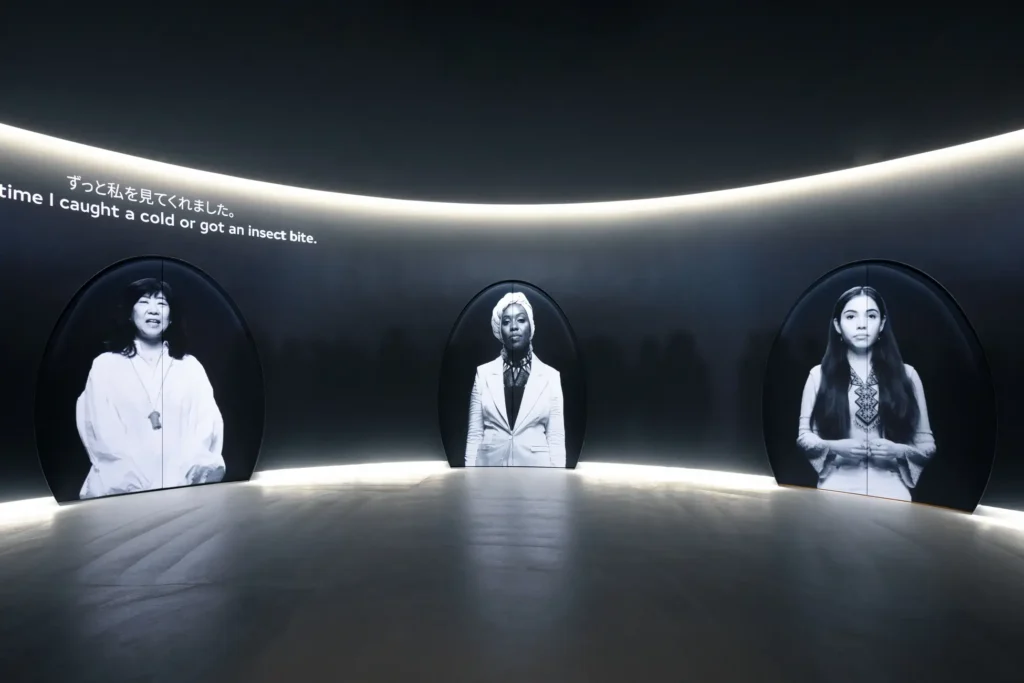
In an exhibit titled “THREE WOMEN”, guests will have the opportunity to engage with the inspiring stories of three remarkable women from diverse nationalities and age groups: the acclaimed novelist Banana Yoshimoto, the esteemed poet and activist Emtihar Mahmoud, and the dedicated environmental activist Siye Bastida.
Following a thought-provoking short film created by Eze Devlin in collaboration with the filmmaker Naomi Kawase, a door will open to reveal “THREE PATHWAYS”. Here, visitors will be guided along one of the paths, each meticulously designed to retrace significant aspects of the lives of these three influential women.
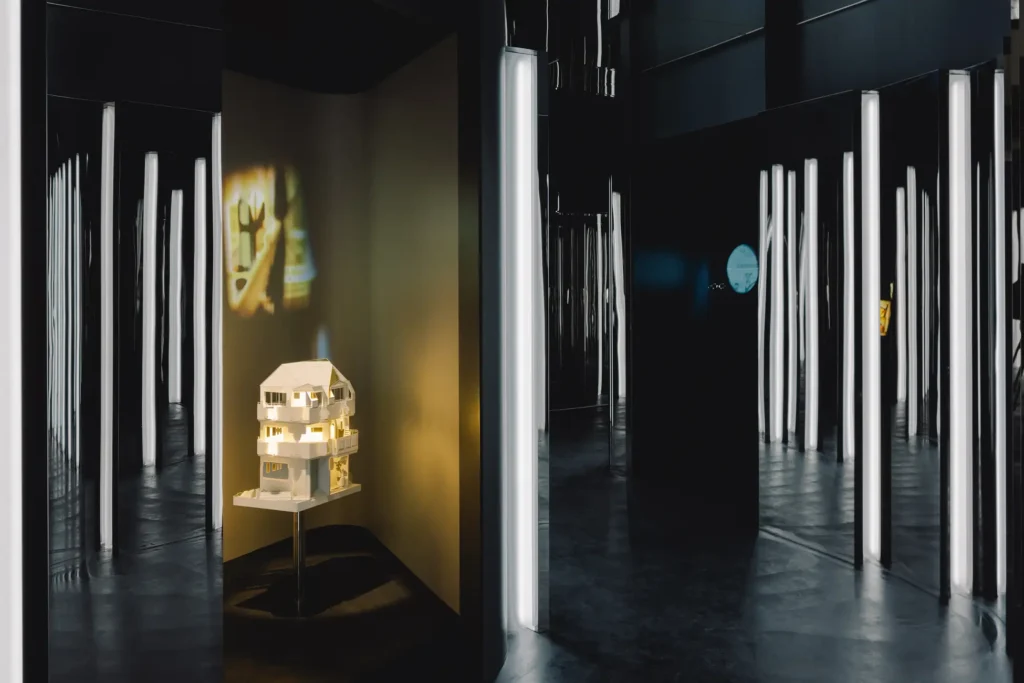
By immersing themselves in the recreated experiences of one of these women, visitors are encouraged to reflect on the narratives presented, ultimately connecting these individual experiences to broader, universal global issues.
This immersive and deeply engaging experience effectively bridges the gap between individual commitment and the urgent call for collective action, amplifying the powerful message of the Women’s Pavilion far beyond the limitations of physical space and temporal boundaries.
Beyond this initial door, a woman’s personal story unfolds, and visitors become deeply immersed in her narrative as objects intimately related to her life and experiences are thoughtfully displayed.
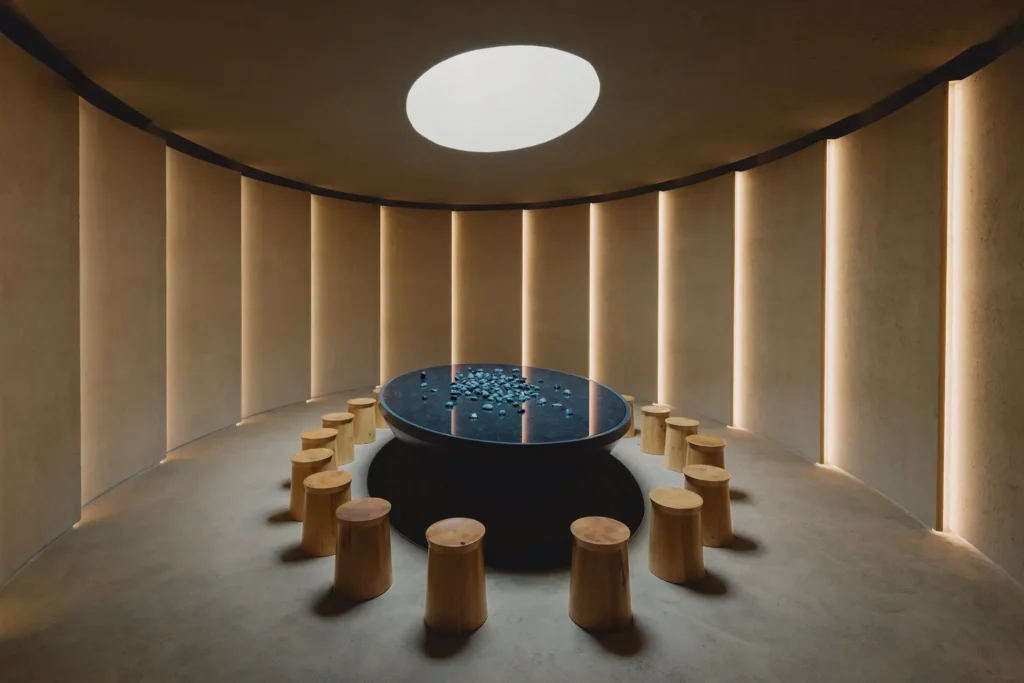
After traversing the long and deliberately narrow exhibition space, visitors will enter the oval-shaped “MA” space, a carefully designed area that encourages introspection and meditation upon their own personal experiences and perspectives.
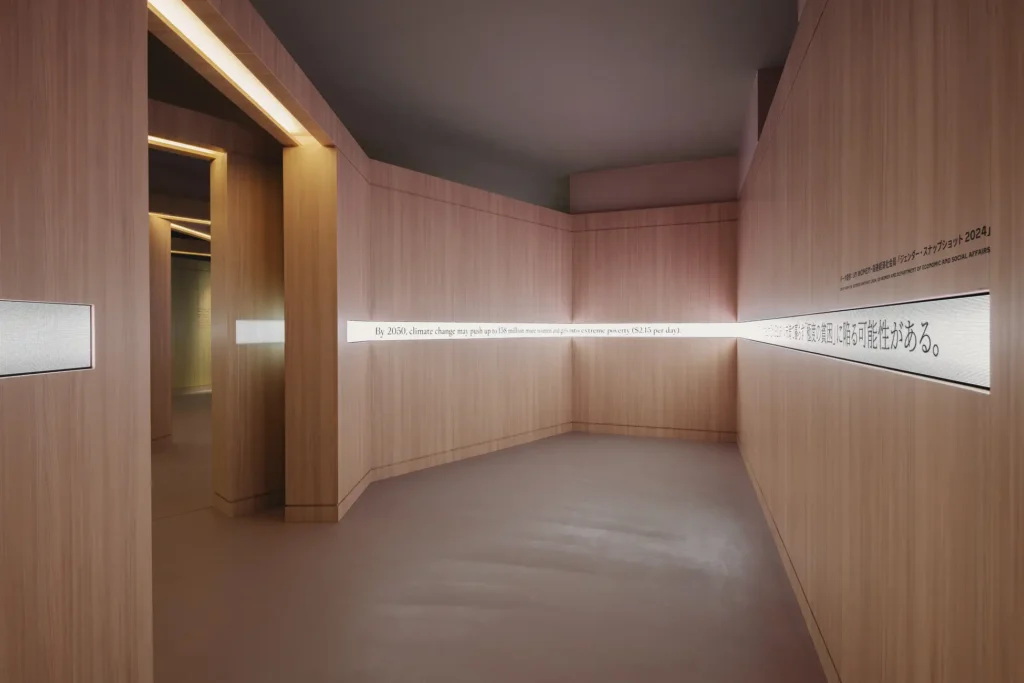
Subsequently, they will proceed through “PUZZLE BOX”, an interactive exhibit where they can engage with factual information pertaining to the themes of “women’s leadership” and “sustainable society”.
The journey culminates in the final room, aptly named “YOUR HAND”, where visitors will receive a series of inspiring messages from various influential role models, including the Japanese television personality Tetsuko Kuroyanagi, providing a powerful and memorable finale to their experience within the pavilion.
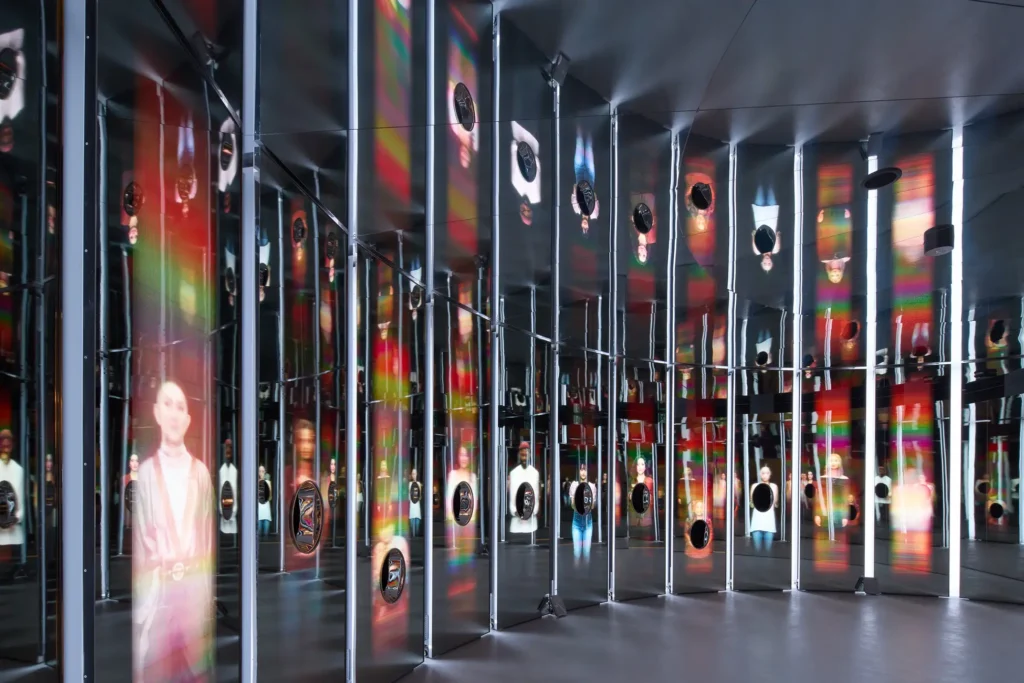
The serene and carefully considered plantings found in various locations throughout the pavilion were thoughtfully created by the landscape designer Toshiya Ogino, utilizing a selection of local plant species, further emphasizing the pavilion’s commitment to sustainability and connection to the local environment.
The architectural structure of the pavilion is centrally organized around the “UPPER GARDEN”, a visually impressive atrium located on the second floor.
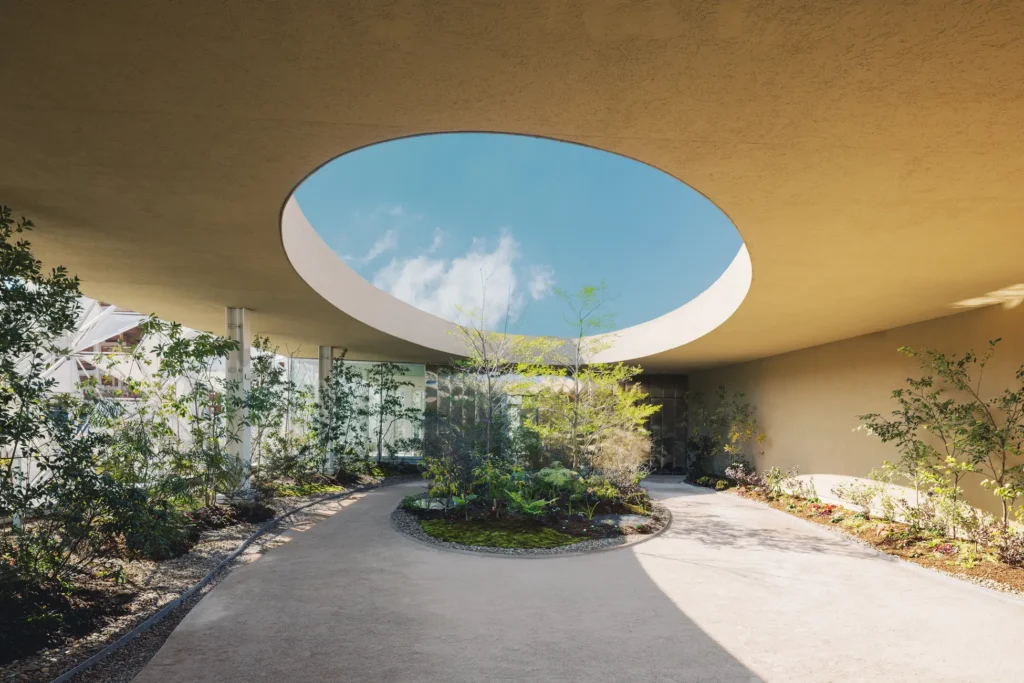
This space beautifully depicts the changing seasons of Japan, creating a dynamic and evocative atmosphere.
The trees featured in this upper garden were sourced locally and, in line with architect Yuko Nagayama’s vision of “a cycle in which nature, people, and resources are mutually related”, will be respectfully returned to the mountains of Osaka once the Expo concludes.
Numerous other talented creators have also contributed their unique perspectives and artistic expressions to the Women’s Pavilion.
Mélanie Laurent, the acclaimed French actress, director, and artist, explores the significant theme of female empowerment through compelling portrait and soundscape works.
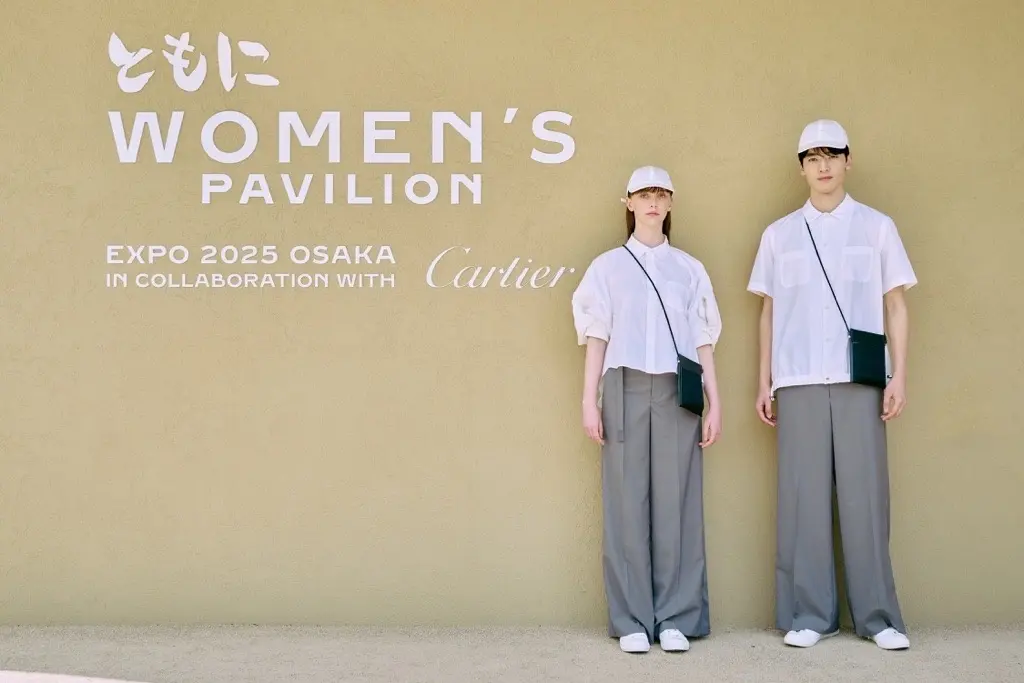
Additionally, a thought-provoking video work inspired by the character of Ophelia can be viewed through VR installations located on the second floor.
Hiro Chiba, an innovative artist, employed the distinctive “chlorograph” technique, which involves burning photographs onto leaves, to create a series of collaborative works with Mélanie Laurent.
These pieces are strategically placed along the stairs leading from the first floor to the second floor, depicting various significant female figures.
Chitose Abe, the visionary designer and creative director of ‘sacai’, has designed the aesthetically harmonious and modern uniforms for the attendants of the Women’s Pavilion, reflecting the pavilion’s overall ethos of unity and progress.
The “WA” space, thoughtfully situated on the second floor of the pavilion, is intentionally designed as an inclusive platform for collective reflection and ongoing dialogue, welcoming individuals regardless of their gender, race, age, or ability.
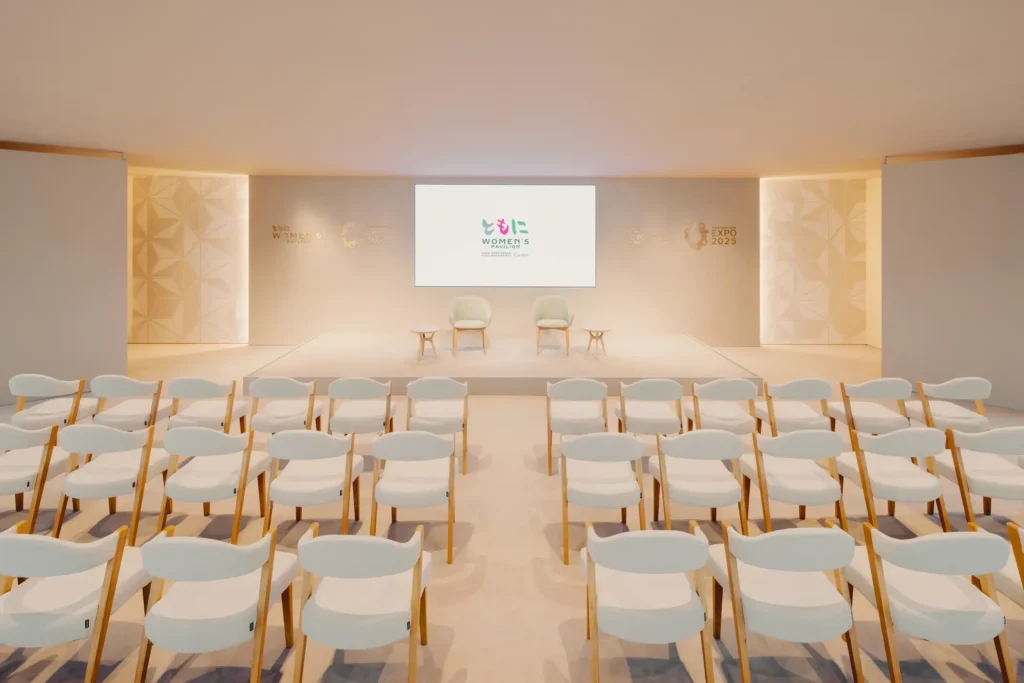
Within this dedicated space, diverse opinions and perspectives will be exchanged through a series of engaging lectures, insightful panel discussions, and thought-provoking exhibitions centered around six important and interconnected themes: “The Great Earth”, “Business and Technology”, “Education and Policy”, “Arts and Culture”, “Philanthropy”, and “Roles and Identity”.
By bringing together visionary leaders, dedicated activists, and knowledgeable experts, the “WA” space aims to inspire individuals to take meaningful action towards a more equitable and sustainable future.
An extensive program comprising more than 150 individual events is scheduled to be held within the “WA” space, and comprehensive details regarding these events will be released on the official website as they become available.
Reservations for all events and entry to the Women’s Pavilion can be made in advance via a lottery system on the official EXPO 2025 VISITORS website, and applications for certain specific events can also be submitted through the official Women’s Pavilion website.
Women’s Pavilion in collaboration with Cartier
Event Period: April 13th to October 13th, 2025, from 9:00 AM to 9:00 PM
Location: East Gate side, adjacent to the Japan Pavilion
Important: Reservations are mandatory for visiting the Women’s Pavilion. Please make your reservation through the “EXPO2025 Digital Ticket” website.
Sources: PR Times
Images: © Richemont Japan Ltd.

This post may contain affiliate links, and Essential Japan may earn a commission if you purchase through them.

